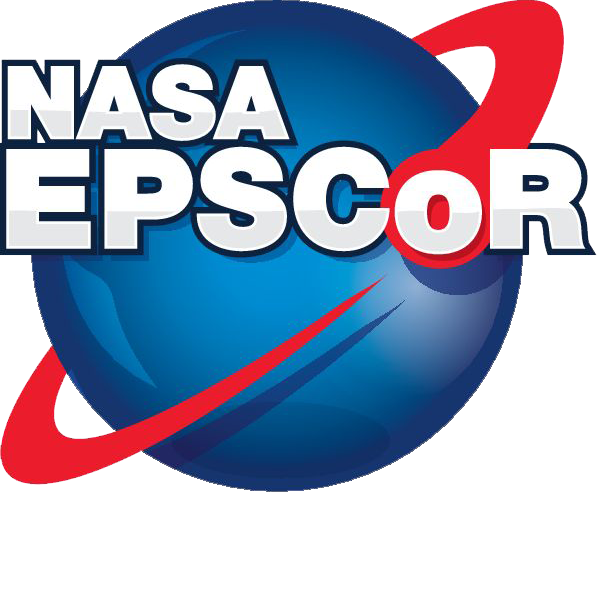
2021 NASA EPSCoR RID Projects
Improving the Labeling of the NASA Globe Observer Dataset using Machine Learning and Similarity Search Techniques
Principal Investigator: Parth Nagarkar
Affiliation/Dept.: New Mexico State University, Department of Computer Science
NASA Collaborator: Trena Ferrell
Description: The goal of our proposed project is to uniquely combine machine learning and similarity search techniques to accurately label the entire GLOBE observer dataset. There are two important challenges that we face: the lack of sufficient existing labeled training data and severe class imbalancement. In order to label existing dataset, we will be holding a Hackathon where we will invite and educate participants about different land covers. But machine learning techniques require thousands of labeled images in the training phase to create an accurate model, which cannot be achieved only through a Hackathon. In order to solve these challenges, we propose to design a labeling system such that will leverage the technique of Active Learning. Reinforcement Learning, and similarity search methods, and combine them with the power of the Hackathon to produce accurate labeling of the Globe Observer dataset.
Intelligent and Data-Driven Operation of Connected Aerial Vehicles (CAVs) Enabling Safe and Energy-Efficient Urban Air Mobility (UAM)
Principal Investigator: Liang Sun
Affiliation/Dept.: New Mexico State University, Department of Mechanical and Aerospace Engineering
NASA Collaborator: George Gorospe
Description: The proposed project to enable energy-efficient and safe UAM is based on research in formation flight, which revealed 10% – 20% energy savings for follower aircraft that exploit the induced updraft of leading aircraft to effectively “surf on the wake vortex”. To achieve energy-efficient formation flight, the follower aerial vehicle needs to carefully control its position to maintain in the space where the aerodynamic signature exists. However, the presence of temporarily and spatially varying wind field around complex urban canyons poses and unpredictable and invisible hazard especially to small CAVs because of their relatively low weight and airspeed. We propose to explore three questions in this research project: (1) How can the wind velocity be estimated using the vehicle flight dynamics with degraded GPS signals in Urban canyons? (2) How can the wind velocity be estimated if the vehicle flight dynamics are not available or inaccurate? (3) How should the wind field knowledge be incorporated into navigation and guidance for formation flights of CAVs? To address the aforementioned questions, the primary objective of the project is to develop a synergistic suite of autonomy functions to enable energy-efficient and safe formation flight of CAVs through UAM Corridors in the presence of critical environmental challenges. To achieve this goal, we will leverage machine learning (ML), control and estimation theory, and open-source simulation tools to (1) investigate integrated physics-based and data-driven wind sensing methods for wind estimation, (2) develop robust cooperative control strategies for CAVs to maintain energy-efficient and safe automated formation-flight under challenging environmental conditions, and (3) develop simulation environments and controlled hardware experimental platforms for proof of concept and evaluation.
